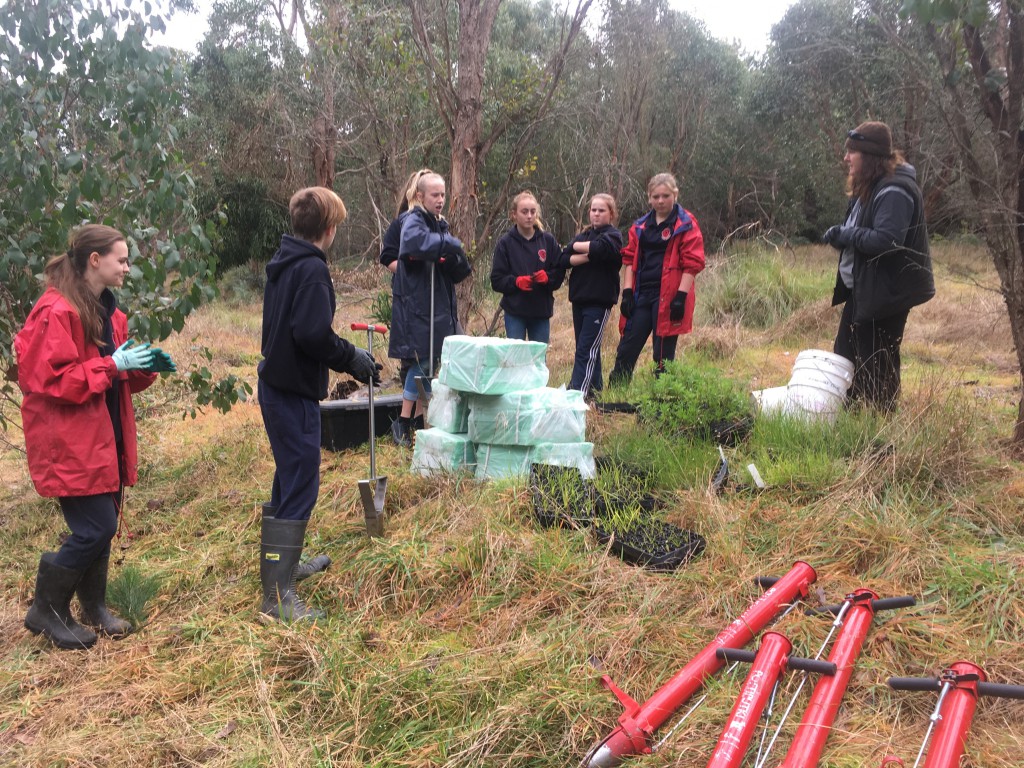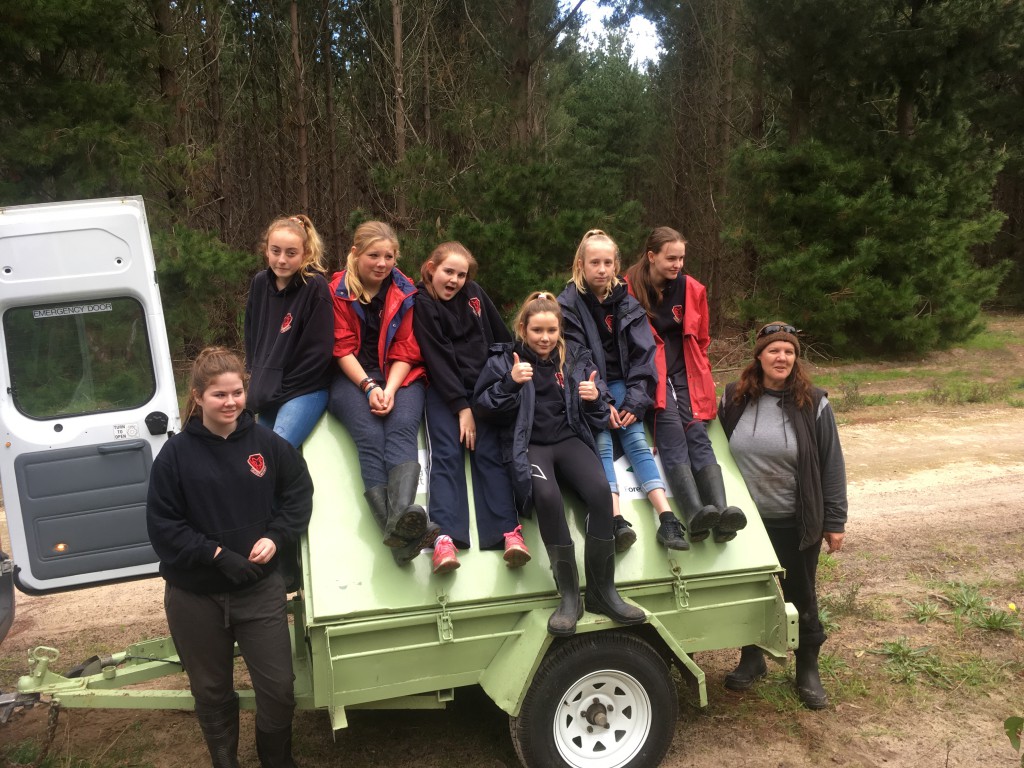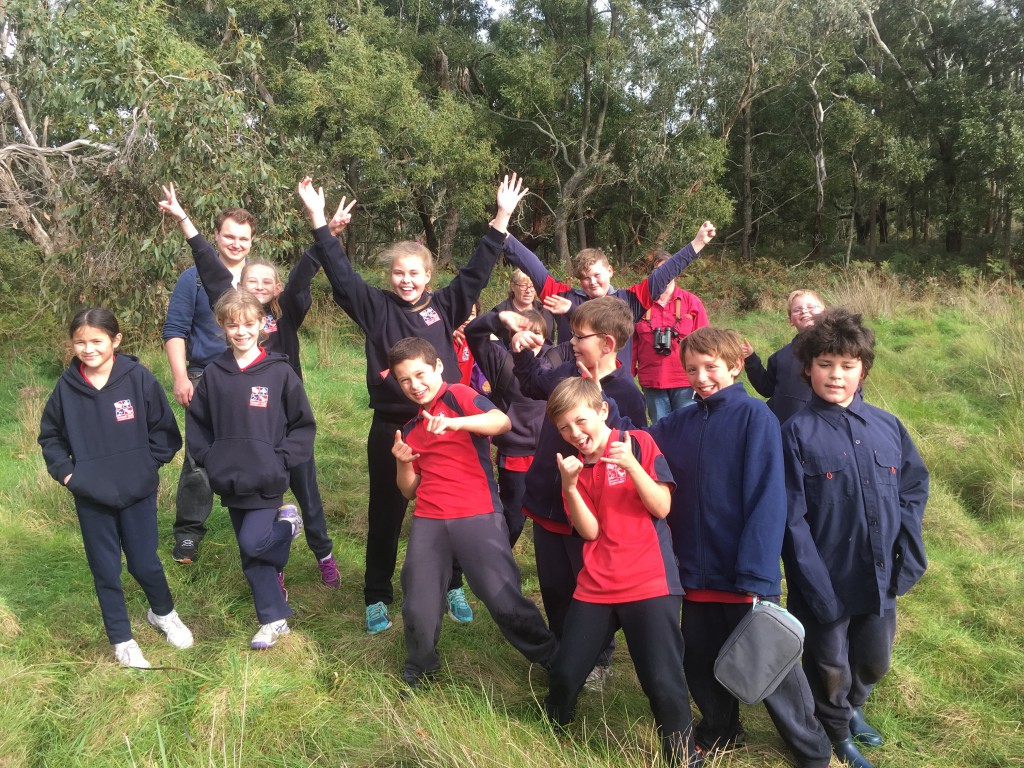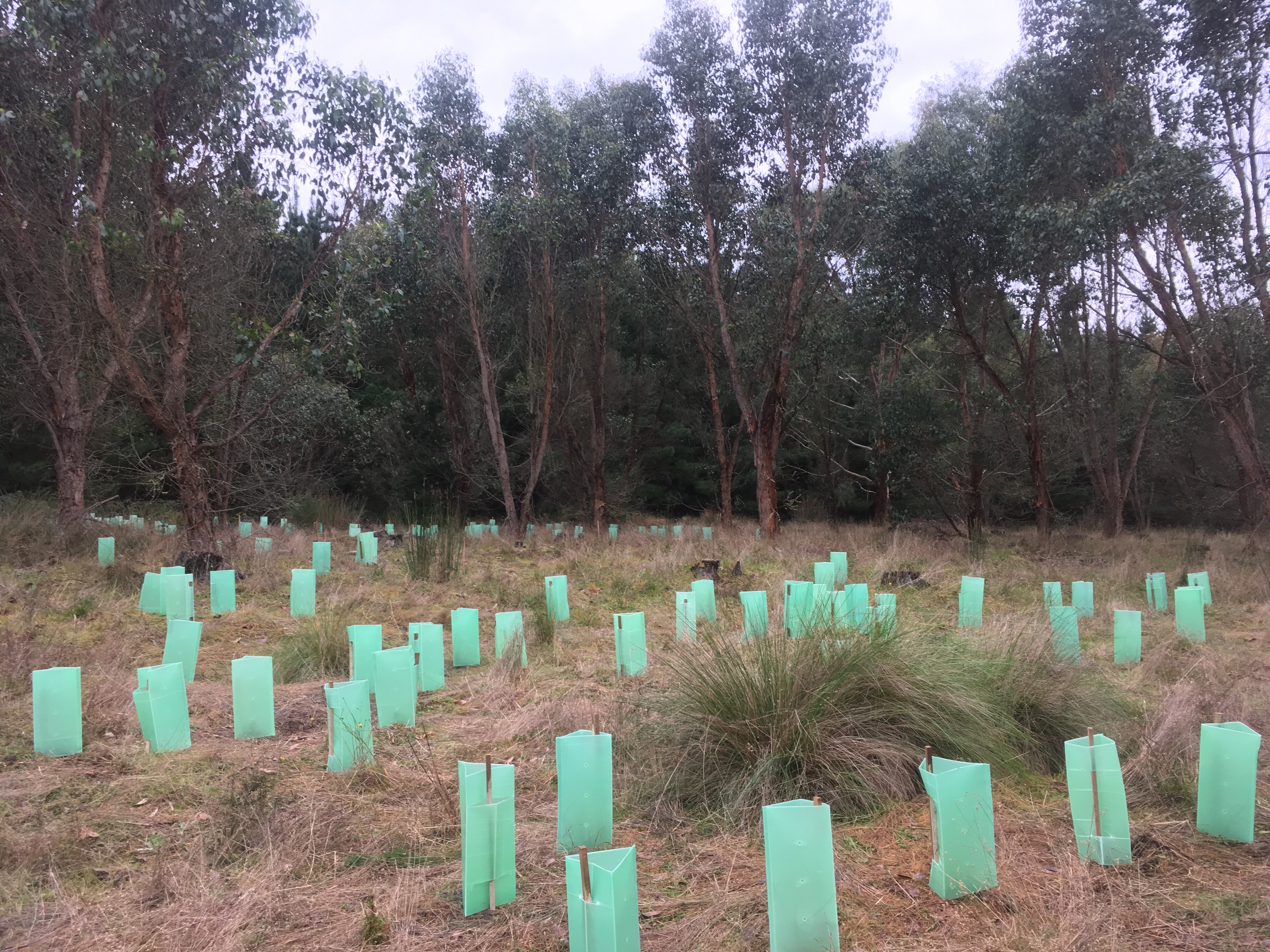
Creating a highway of a different kind: connecting our patches of remnant woodland
Students from Millicent High School and Newbery Park Primary School have started to transform the Honan to Woolwash wildlife corridor into what might one day become a ‘bandicoot highway’!
The ForestrySA Biodiversity Corridor School Program’s aim this year is to increase the density of understorey cover in several corridors. The improvement of species diversity and habitat structural complexity should make it more attractive for dispersing ground dwelling animals, such as the Southern Brown Bandicoot, to utilise the corridor and successfully move between the two connected Native Forest Reserves.
A small group of energetic high school students and a group of keen and enthusiastic year 5/6 students managed to plant just over 700 plants during the first two days of planting. Over the next few weeks the three involved Schools will be planting over 12 000 native plants which have mostly been grown at nurseries located at each school. For many of the students it was the first planting experience. After spending a lot of time over the year collecting seeds, growing the plants at their school nursery and learning about the importance of recreating habitat, the planting is the last part of understanding and getting hands on experience on the whole cycle of the program.
Next up, Glenburnie Primary School will start planting in the Dry Creek to Honeysuckle corridor. There the focus will be attempting to establish an understorey suitable for the nationally endangered Heath Mouse.
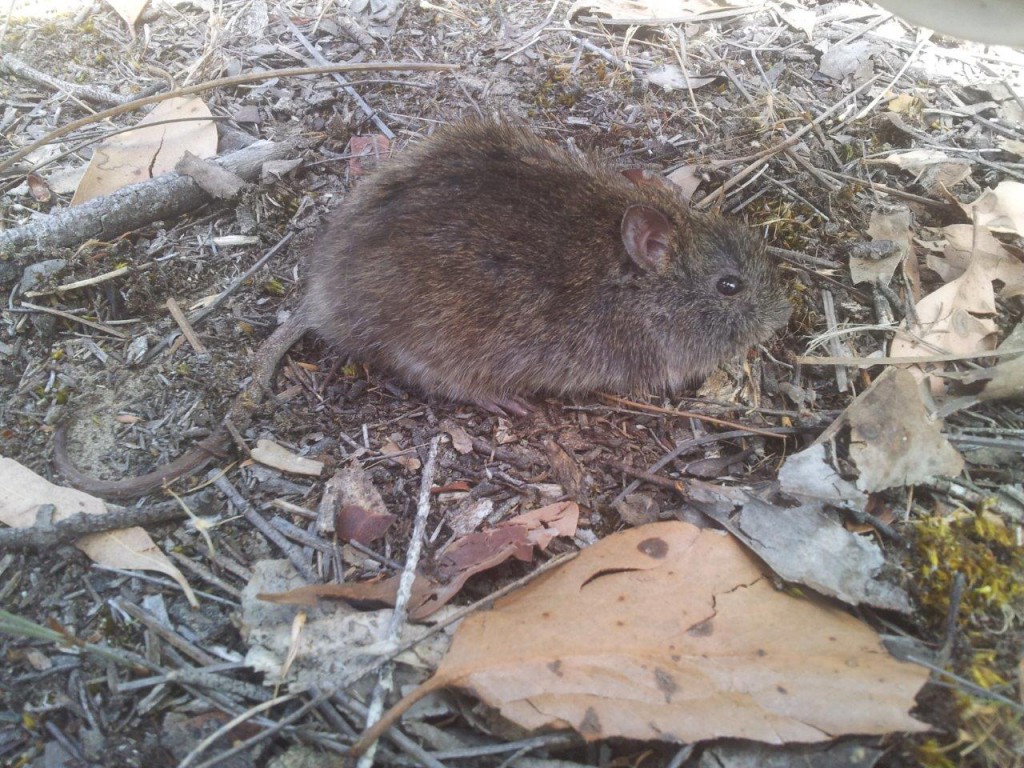
The nationally endangered Heath Mouse: one of the most restricted mammals in the South East, and earmarked to benefit from the Dry Creek to Honeysuckle corridor. Photo: Mark Bachmann

